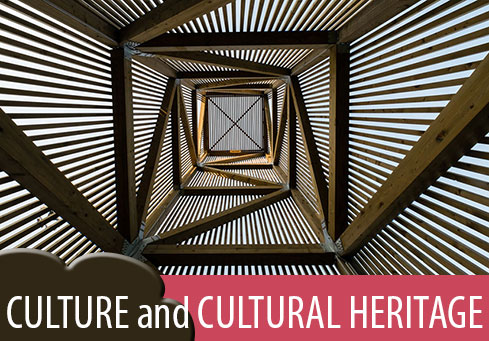Local Development Pilot Projects (LDPP) - Cres Island, Croatia

The island of Cres is affected by depopulation, which together with the progressive abandonment of the traditional economy, is resulting in the desolation of settlements. The protection and revitalisation of this heritage is beyond the possibilities of local and national institutions. The living conditions on the island should be improved: car-ferry services with the mainland stop during the night; public transport is poorly developed, while the northern part of the island has no public water supply. Almost all branches of the traditional economy are badly maintained. Sheep farming is in decline; agriculture is no longer viable due to fragmented parcels of land, and disorganised production and place marketing. Fish-processing has been shut down, and the fishing industry has only survived as an additional island activity. Easy profit from tourism is another reason for abandoning traditional types of activities, even if unlike many other Croatian islands, the island of Cres is relatively poorly developed in terms of mass tourism.
Short seasonal tourism attracts visitors who settle almost exclusively in the town of Cres where all the accommodation capacities are located. These occasional newcomers provide some investment, but create pressure on land availability and generate specific needs in terms of economic activity that disrupts lifestyles. One alternative envisaged as part of the LDPP is to capitalise on local assets, highlighting their very specific quality and creating new top-quality local products of great additional value. A complementary approach of this kind can enable the creation, management and coordination of research, protection, promotion and revitalisation activities. The characteristics of the pilot territory, which the local population interpret as negative (isolation, underdevelopment, low population density, insufficient presence of modern types of economy), can become the basis for specific development by means of the future territorial development project, and grow into a kind of asset: prevention of mass tourism development; revitalisation of cultural and natural heritage as one of the bearers of economy development; promotion of traditional crafts and types of economy; the creation of high-quality, distinctive local products; employment and education of the local population; development based on taking advantage of the existing characteristics that are of great additional value. Mediation, resolution of the conflicts of interest, and the participation of all stakeholders will lead to appropriate decisions about the elaboration of long-term national and regional programmes.
- Pilot region: Cres Island
- Surface: 405 km²
- Population: 3180 (2009)



